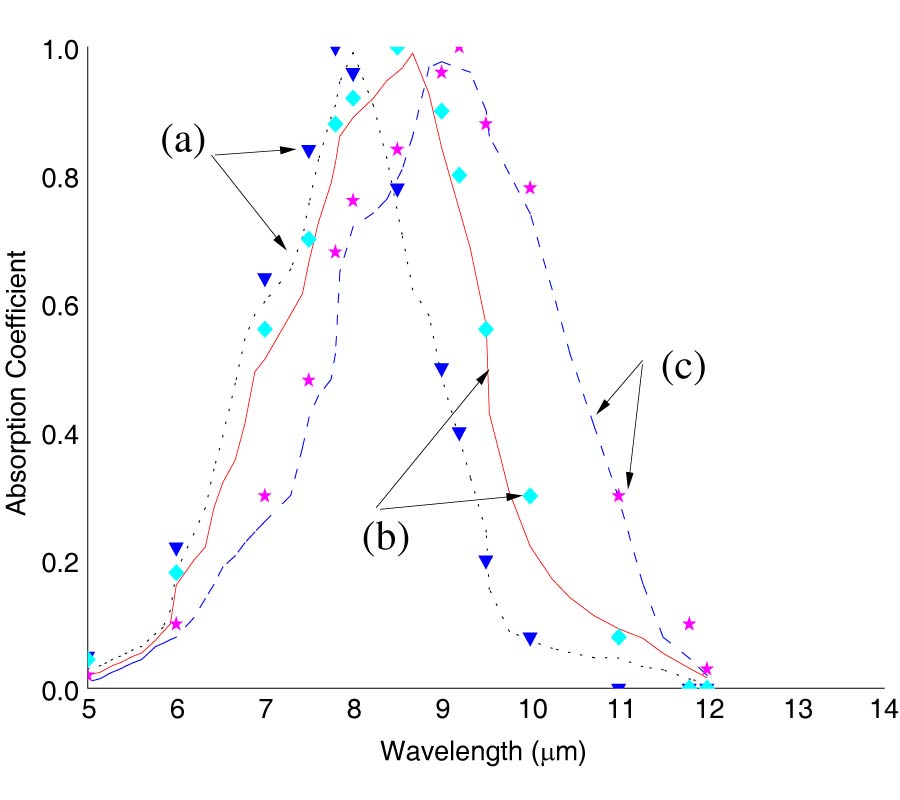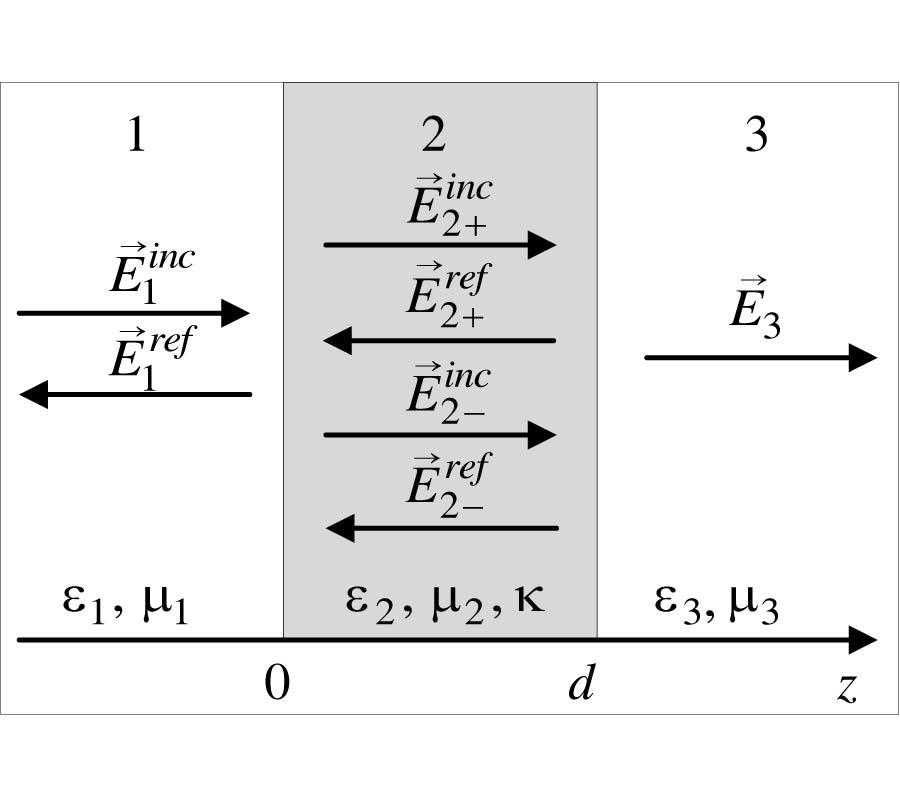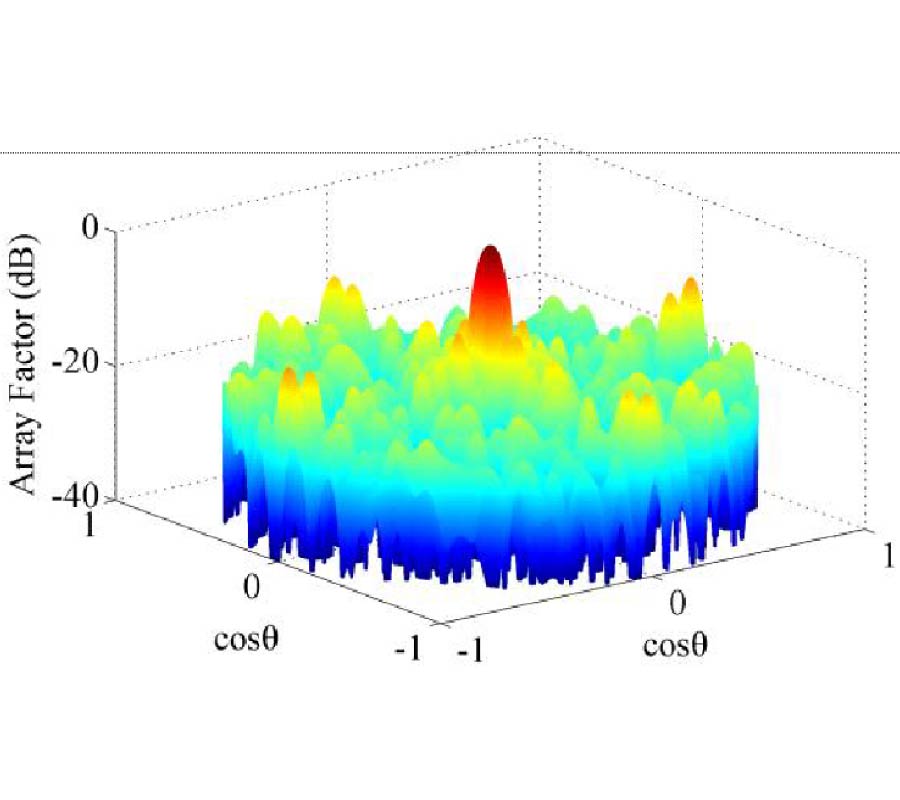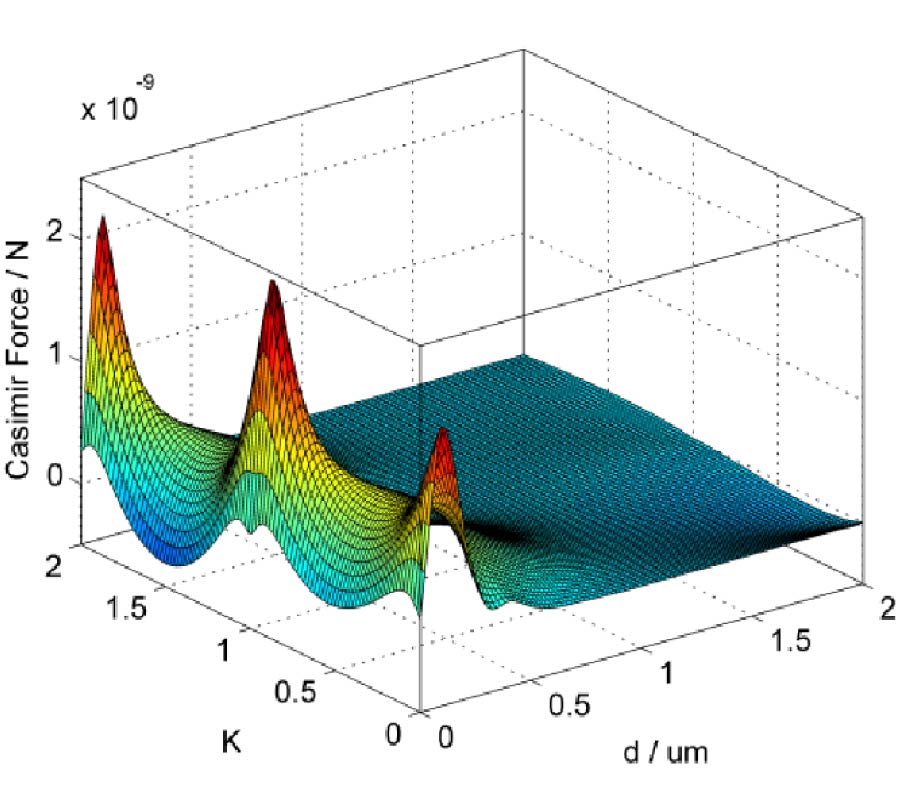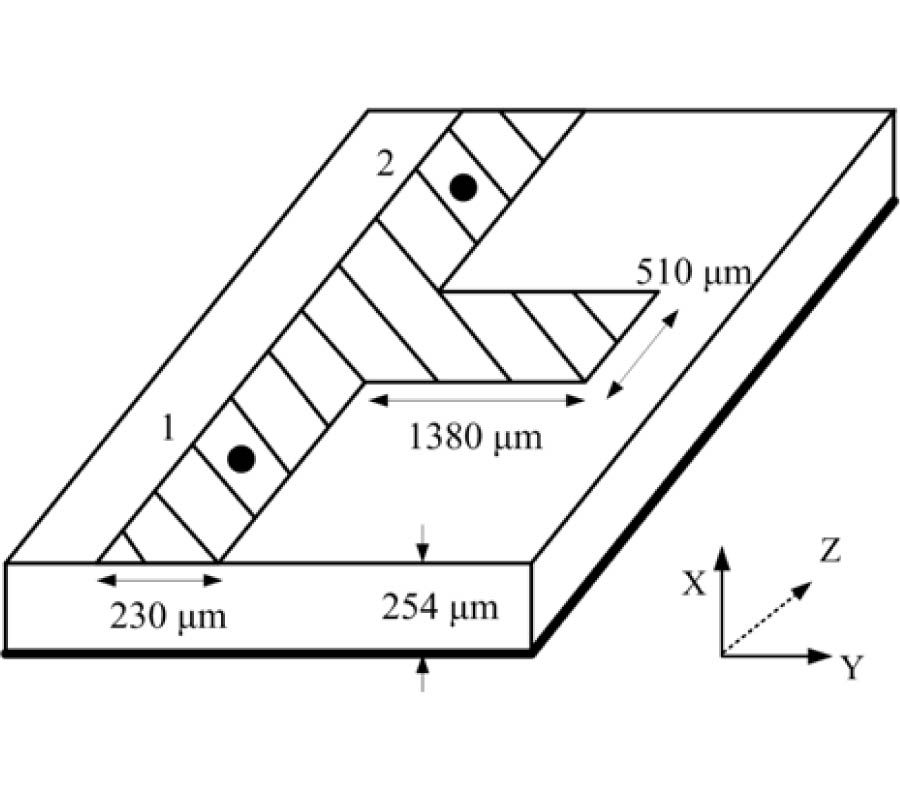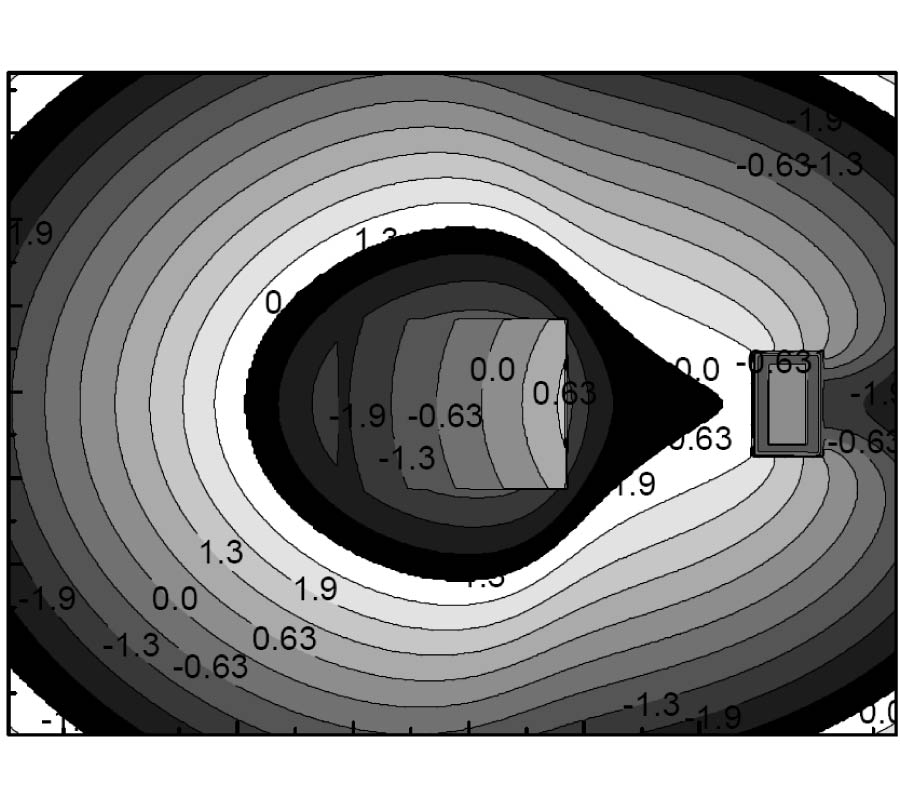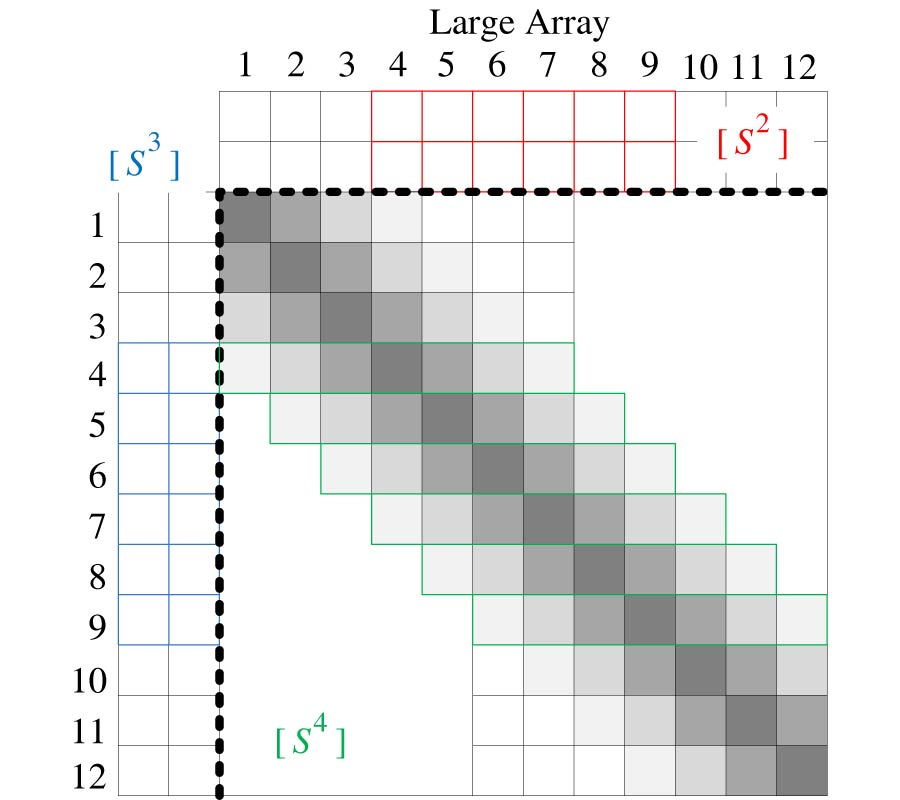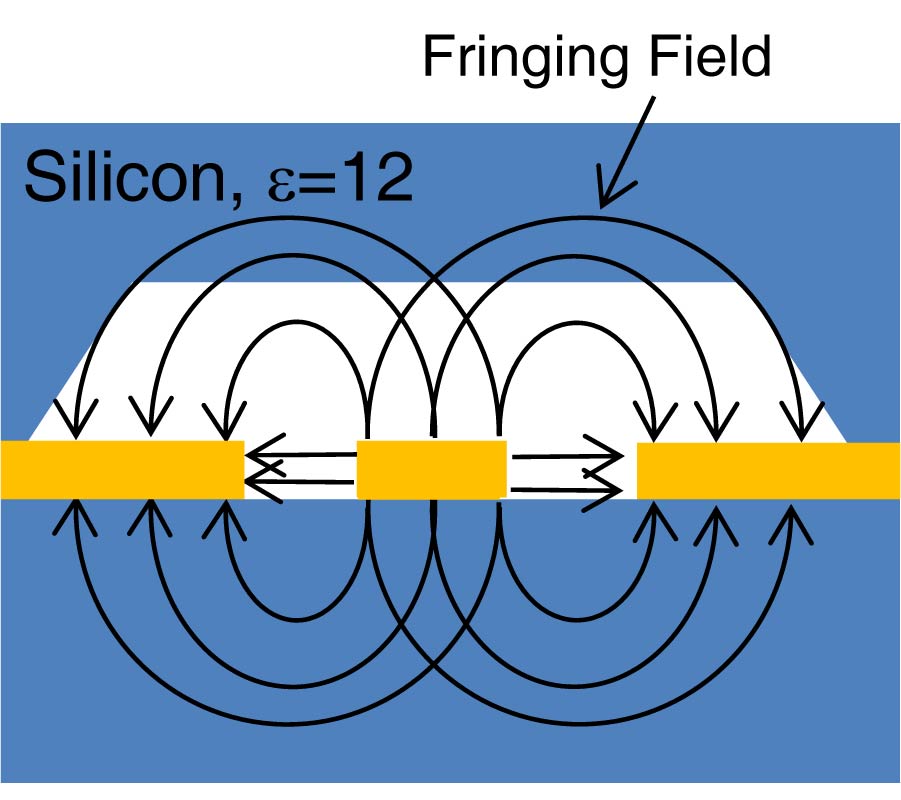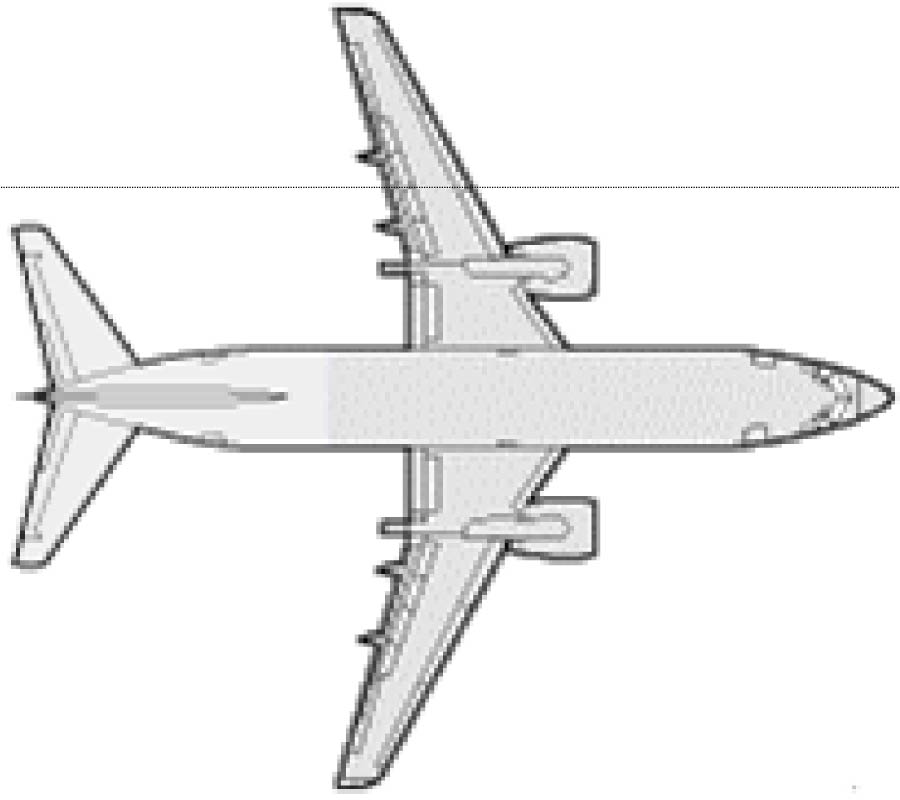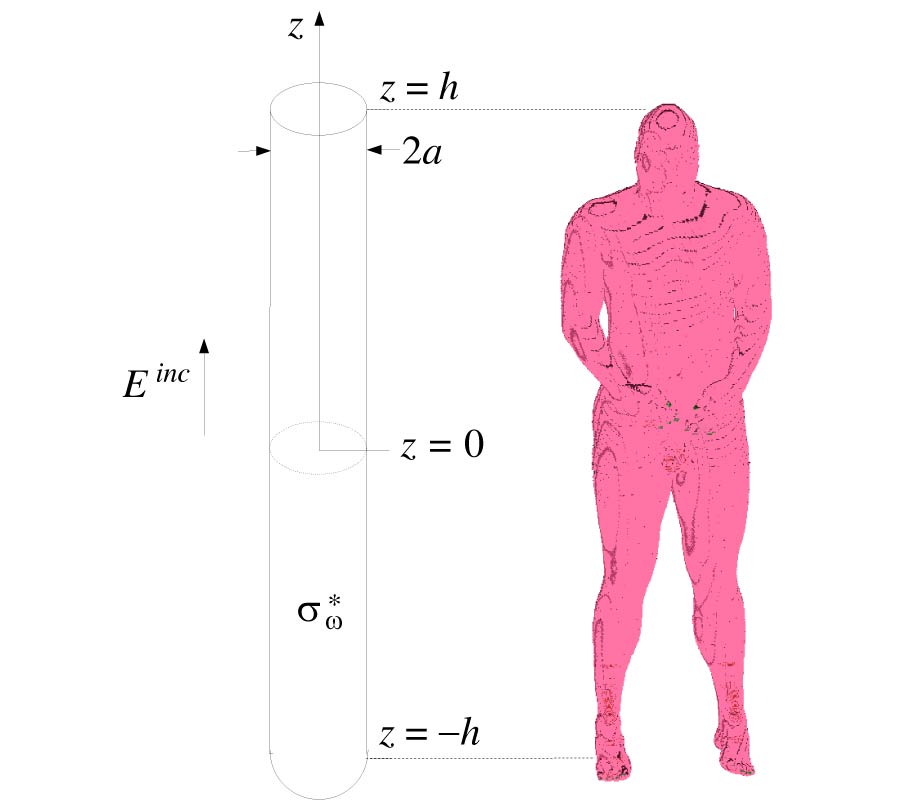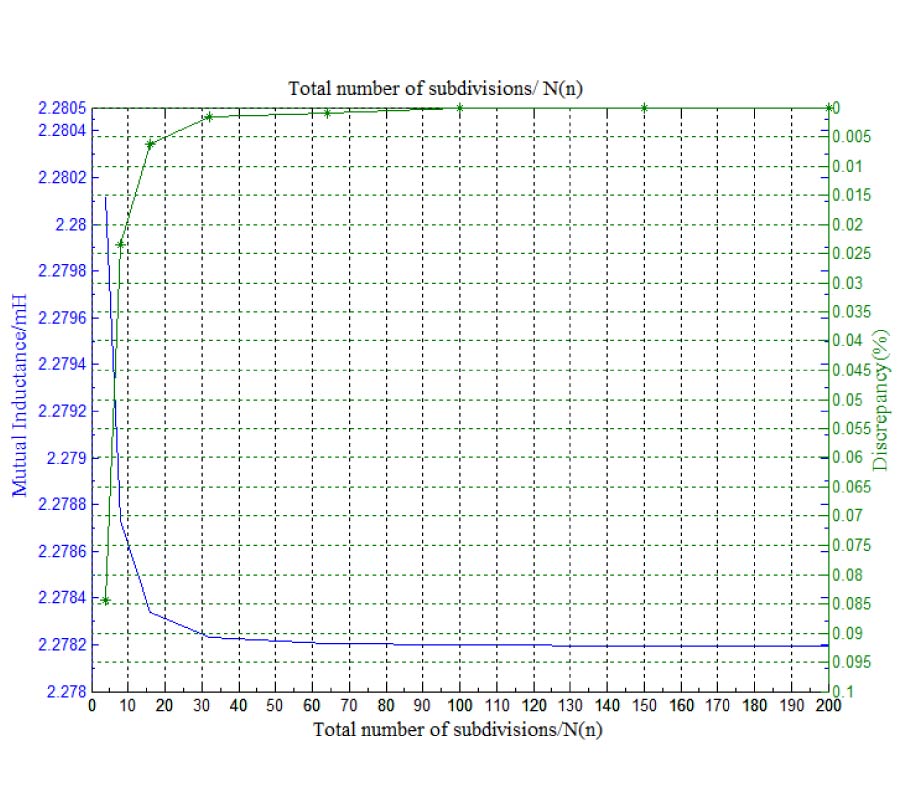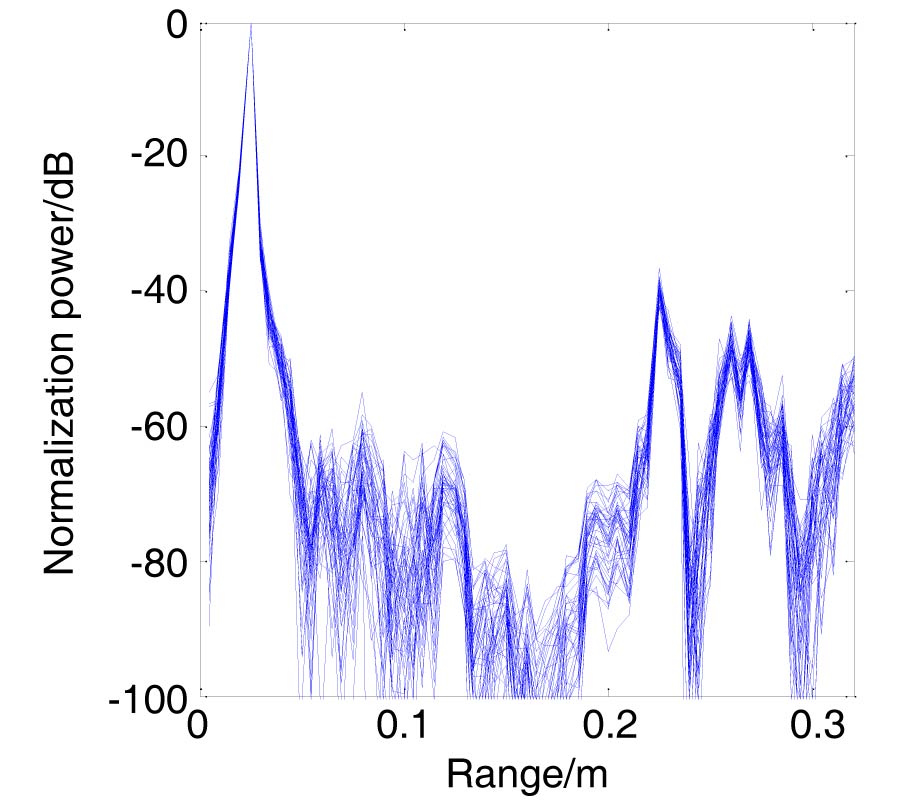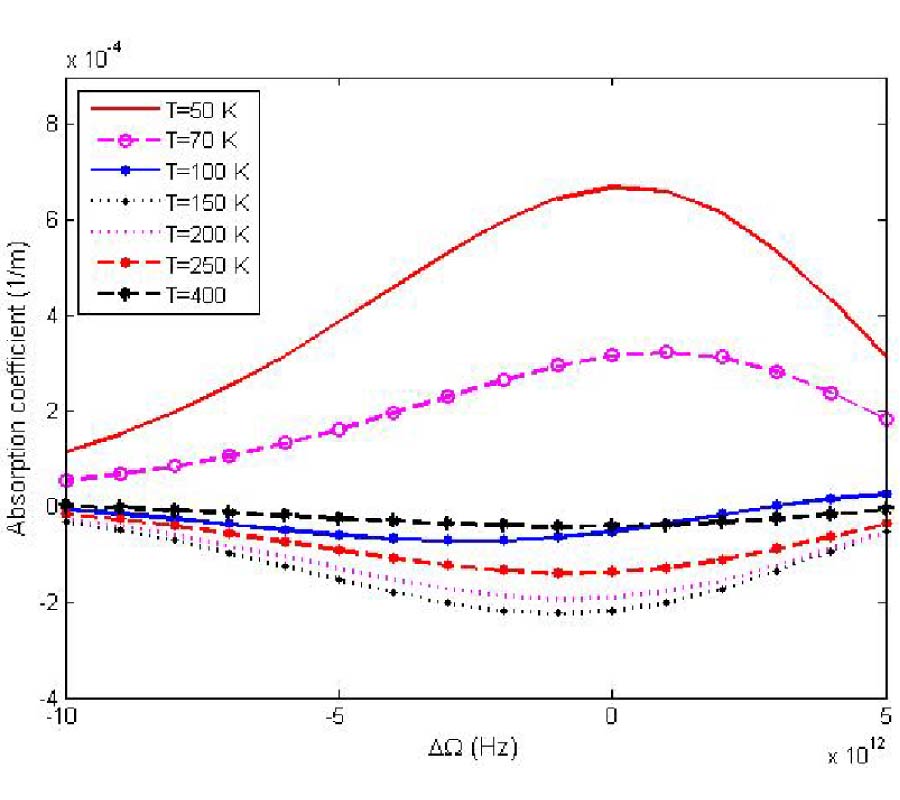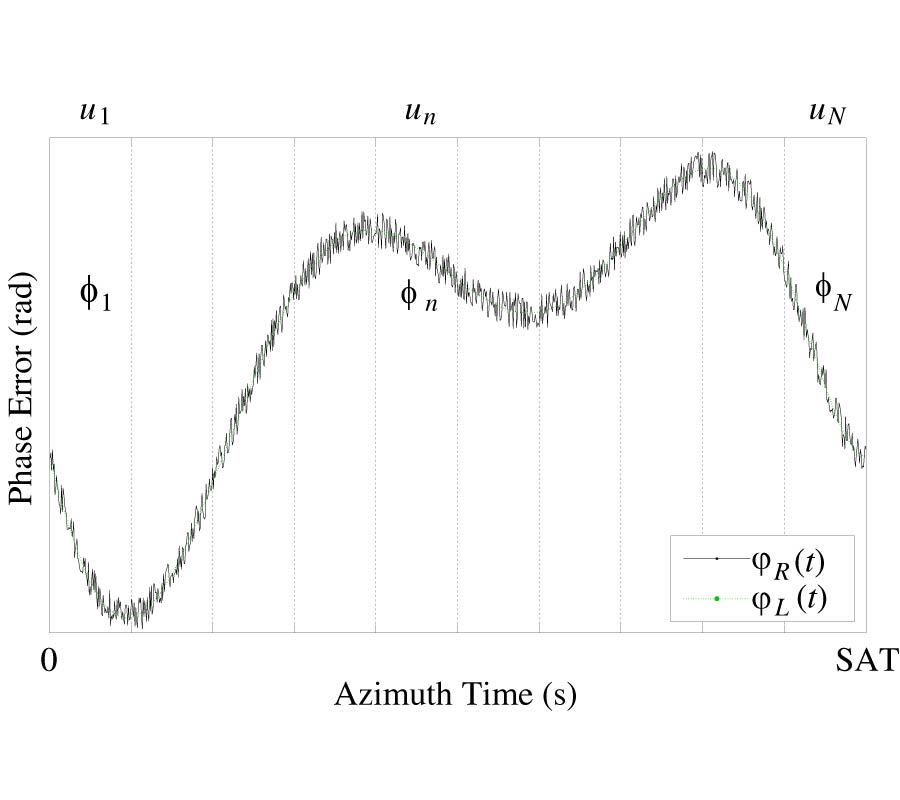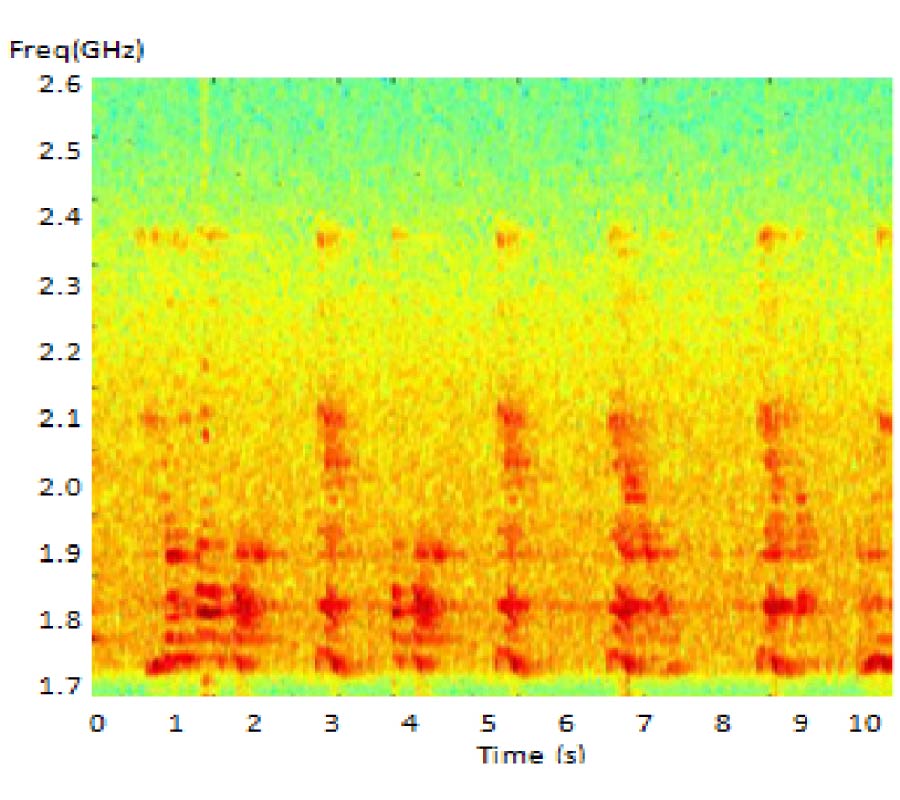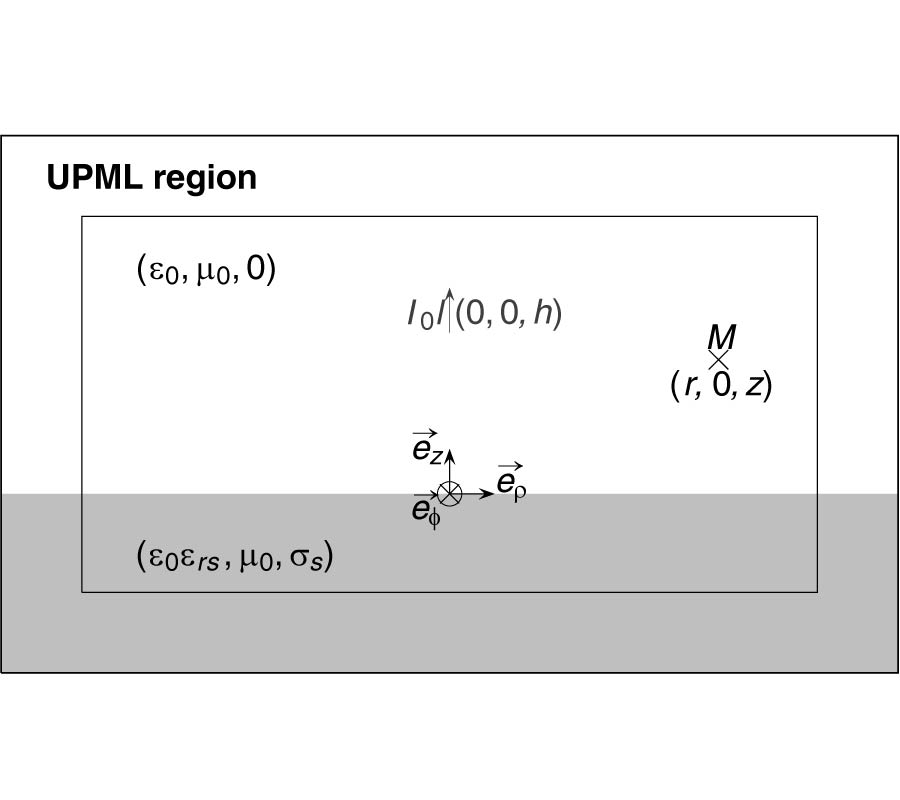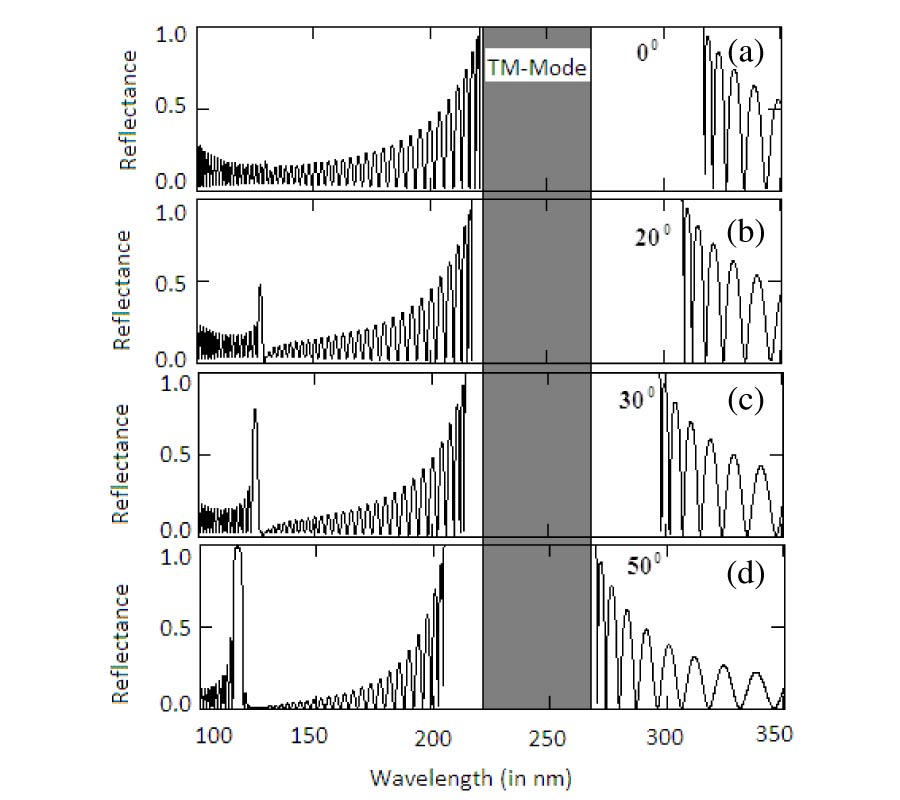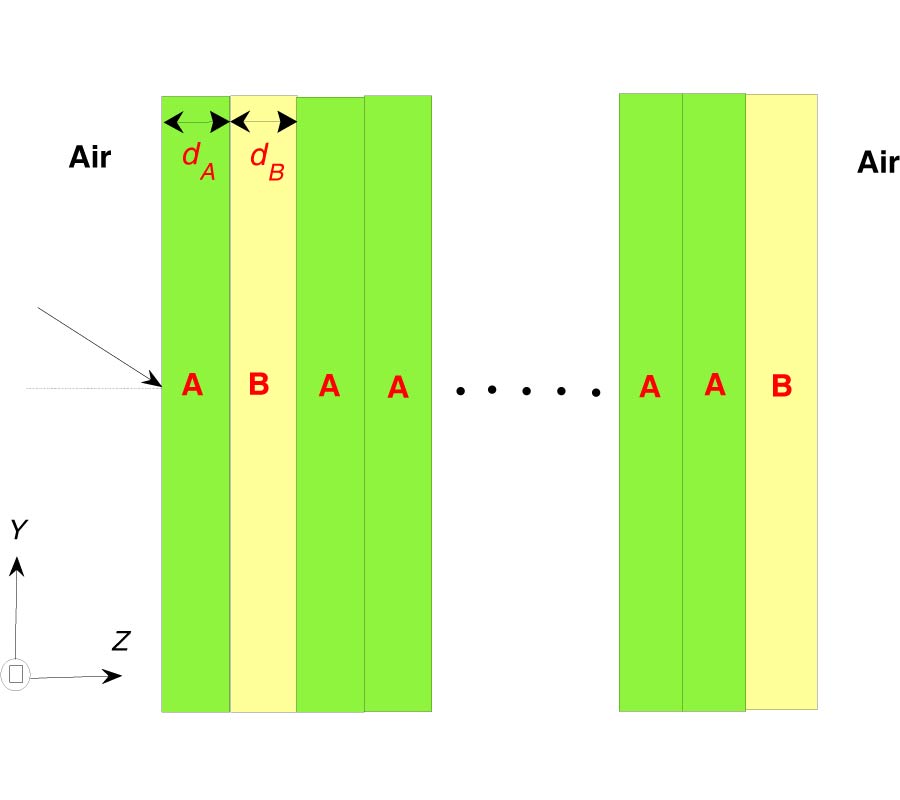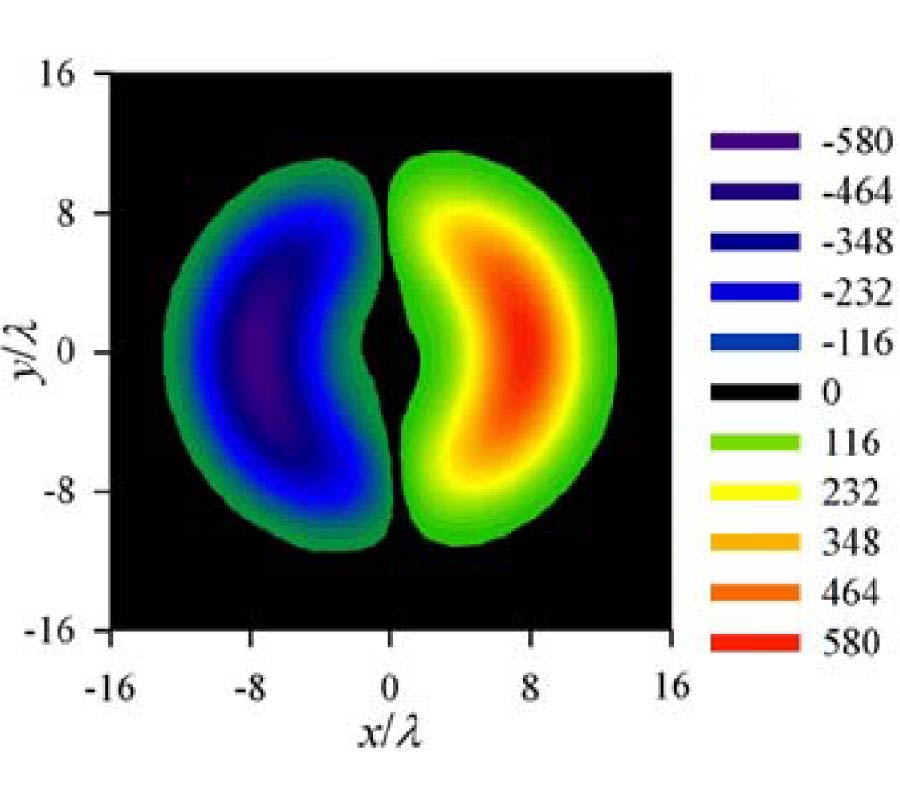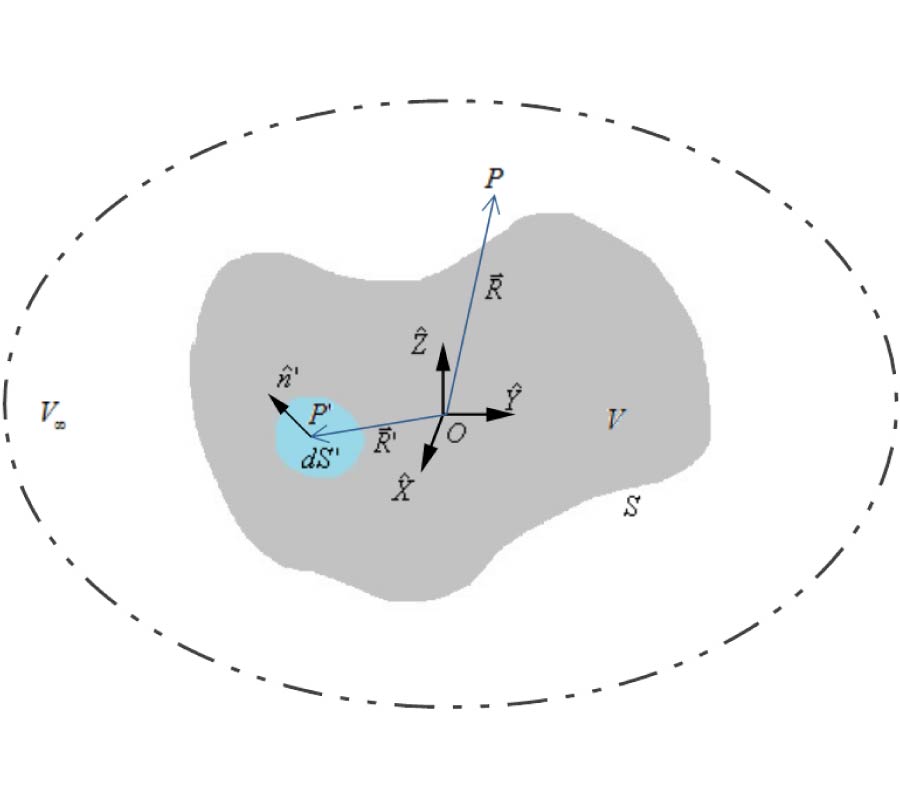A Novel of Surface Reflection Method Using Radio-Wave for Soil Density Estimation
Mardeni Roslee,
Intan Suraya Shahdan and
Khazaimatol Shima Subari
Soil density is one of the important parameters to be investigated in civil, geological and agricultural works. Unfortunately, the challenging issue is found on the suitable model in determining accurately the soil density. In this article, a new soil density model based on radio-wave surface reflection method is presented. The development of the model is based on result analysis collected from the experiment. Then, comparisons with related theoretical models, Hallikainen and Topp, are performed. The experiment is performed by using a vector network analyzer (VNA) that generates radar signal and recording return loss (S11) from a horn antenna. In the analysis, two new proposed soil density models have shown good agreement for soil density from 1.1 g/cm3 to 1.7 g/cm3 for sand and silty sand samples. This is verified when the model able to predict real samples as the one used in the experiment and result shows a very small relative error within 0.05% and 6.87%. Additionally, spectrograms in real time were produced in this study in order to observe more on the soil density. By using the proposed developed models, soil density estimation can be easily determined with minimal data input such as soil type, return loss and reflection coefficient by using regular radio-wave devices.
